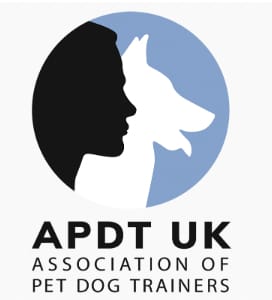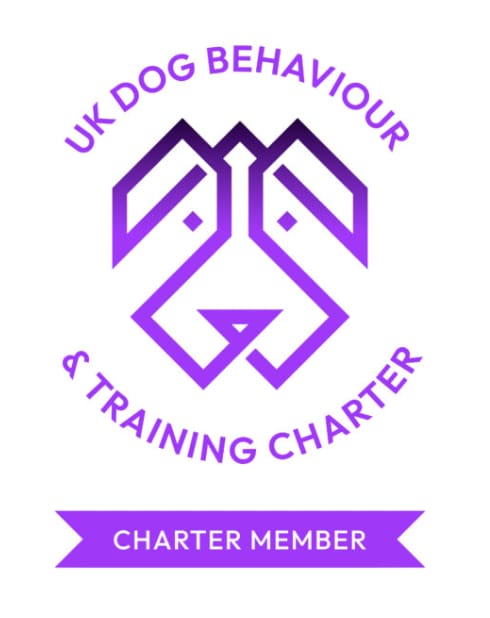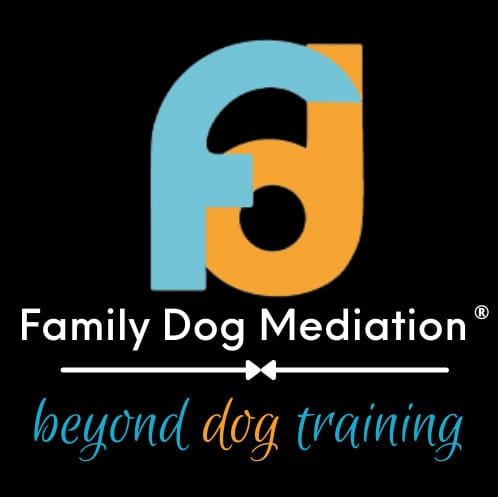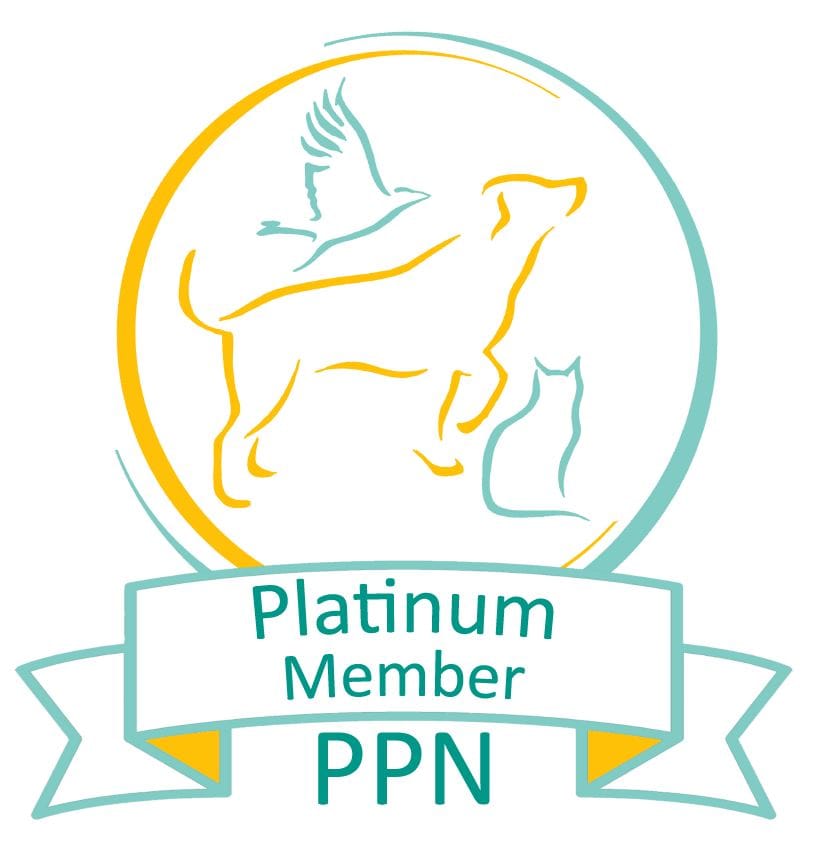Dogs with disabilities. Or, when dogs train their owners
25/01/2019 - Blog
When you think of dog training its usually the owner shaping the dog’s behaviour. But what about when the shoe is on the other paw? When a dog becomes disabled it’s the human who needs to change their own habits. Today we’re looking specifically at blindness in dogs.
Dogs with impaired vision. How owners can help.
I have to admit that this blog is quite topical. My ageing Papillon Honey has recently lost her eyesight. However, she is still healthy, and as far as we can tell, she’s happy too. Her tail wags, she wants to be involved with activities and she still enjoys her walks. She’s nowhere near ready to cross the rainbow bridge so I’m trying to find different ways to enrich her life.
As a dog behaviourist I’m fine-tuned to notice what my dogs get up to and to try to work out what’s happening in their brains. So with Honey I’m forever spotting where she has difficulties and thinking of the best way to help her adapt.
Interior design tricks for blind dogs
All of my dogs live indoors with me and of course, just like I do, they use their eyes to navigate their way around. If the furniture moves or the Christmas tree suddenly arrives, it’s no problem to any of us. Except of course, to Honey. Even though she can’t see it, she has learnt where each piece of furniture is. If I move a chair or leave a cupboard door open, she’ll bump into it. Luckily she’s a confident little character but if she is constantly bumping her head she could well become nervous about moving around the house. So she’s effectively trained me to change my attitude to interior design. No more shifting stuff around!
I also respect Honey’s independence in the home. If ever I do pick her up and carry her to another part of the room she becomes quite disorientated and can’t work out where she is. It’s important for her to make her own way around the house and if she does get “lost” I’ll take her back to her water bowl and allow her to re-orientate.
Little changes can help your dog to navigate though. Simple things like using a different flooring texture for a safe play area. They’ll soon learn where the edge of the rug is. And if there are areas you deem unsafe – stairs for example, use a baby stair gate to help avoid accidents.
Scent can help too. Perhaps have a potted herb near the door so that the dog can navigate there herself when she wants to go out.
In the garden
The biggest, most important thing is fencing. It has to be impossible for your sight-impaired dog to leave the garden unaccompanied. Dogs can be impulsive around roads at the best of times but a blind dog doesn’t stand a chance against moving traffic. Even bicycles are a potential hazard for them.
Pools and ponds need to be fenced off too. Maybe it will affect the look and feel of your garden but you will never forgive yourself if your dog were to fall in.
Just as we talked about for the house, avoid moving things around the garden. So the patio table needs to stay right where it is and instead of moving chairs onto the lawn to enjoy the weather, think about using picnic rugs instead. Children will need to be taught to tidy up toys when they’ve finished with them too.
Playtime
Dogs need plenty of mental stimulation and never more so than when they lose one of their senses. A deaf or a blind dog will still be able to use his or her nose so a good game for them would be to spread kibble around the floor or the lawn for them to find.
Snuffle mats and lickit toys are great too. But not all toys need to involve food.
Squeaky toys are great for blind dogs
Walkies
Provided that your blind dog is otherwise fit and able, there’s nothing to stop him or her going for daily walks. It’s essential that the dog stays on the lead for their own safety. But if you are both confident enough, you can use a longer leash in open spaces to offer more freedom.
Remember though, that when you meet other dogs, your dog cannot read their body language and may misjudge things when reacting to them. Take things slowly. Honey is perfectly happy with my other dogs, but they have known each other for most of their lives. It’s easy to take it for granted that she’ll get along with everyone in the same way she always did but nevertheless I’m ready to pick her up if it looks as though tensions are rising. Thank goodness she’s only tiny!
Meeting people
Socialising a blind dog is completely different to socialising a puppy or a rescue dog. Luckily Honey was not born blind and has already learned that people are not usually a threat to her. So socialising now is not about training the dog, it’s about training other people.
For example, if Honey is touched without warning, she’ll be startled. Of course she will. Who wouldn’t? Any dog when taken by surprise could nip in self-defence. I always ask people to approach slowly, talk gently, and let her sniff their hands before they touch her. The one thing I’ve found to be invaluable is her little bandana. It clearly says “I’m Blind” which does tend to make people stop and think about how best to interact with her.
Toddlers worry me, they are inclined to grab so I try to keep them away from Honey but if your blind dog shares a home with children, be very aware of the risks. Maybe the dog needs a safe (childproofed) area for the times when you cannot supervise closely.
Other pets
Since she has lost her eyesight, I have noticed my other dogs occasionally acting as guide dogs for Honey. Steering her towards the door when it’s time to go outside and guiding her towards her cushion when it’s night time.
If your dog is blind too, a companion may be an enormous help. It’s important to choose wisely though. Ask a dog behaviourist for help introducing the two characters and it may also be worth having a dog trainer work with you for the first few weeks so that both dogs can learn to share their space.
Just as a blind person puts full trust in their guide dog. Your blind dog needs to be able to trust you implicitly. Pay attention to the dog’s body language and don’t take it for granted that he or she will move out of your way when you are crossing a room. Mental stimulation and supervised socialisation is even more important for your dog’s wellbeing. Classes such as scentwork or tricks training are a brilliant way to enrich your dog’s (and your own) life.
Your blind dog may develop problems with toilet training or start to show signs of fear and aggression. Should that happen it’s important that you talk to a dog behaviourist as soon as possible to correct the behaviour.
Dog behaviourists in Surrey
Contact CK9 to find the best dog training classes and workshops for your blind dog.
https://www.ck9training.co.uk/workshops/introduction-to-scentwork-workshop-ewell/
https://www.ck9training.co.uk/workshops/tricks-training-workshop/
Copyright © 2025 CK9 Training








